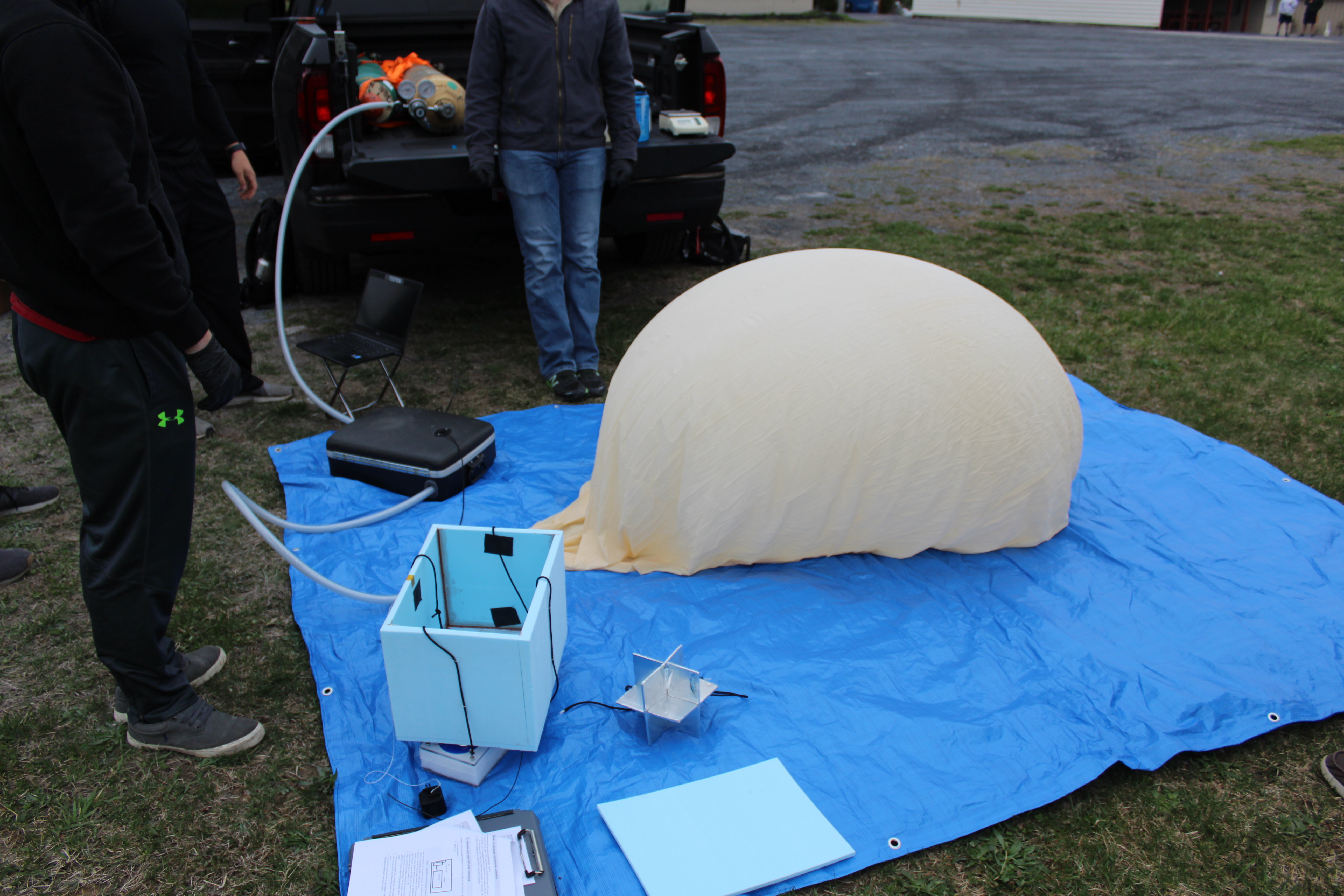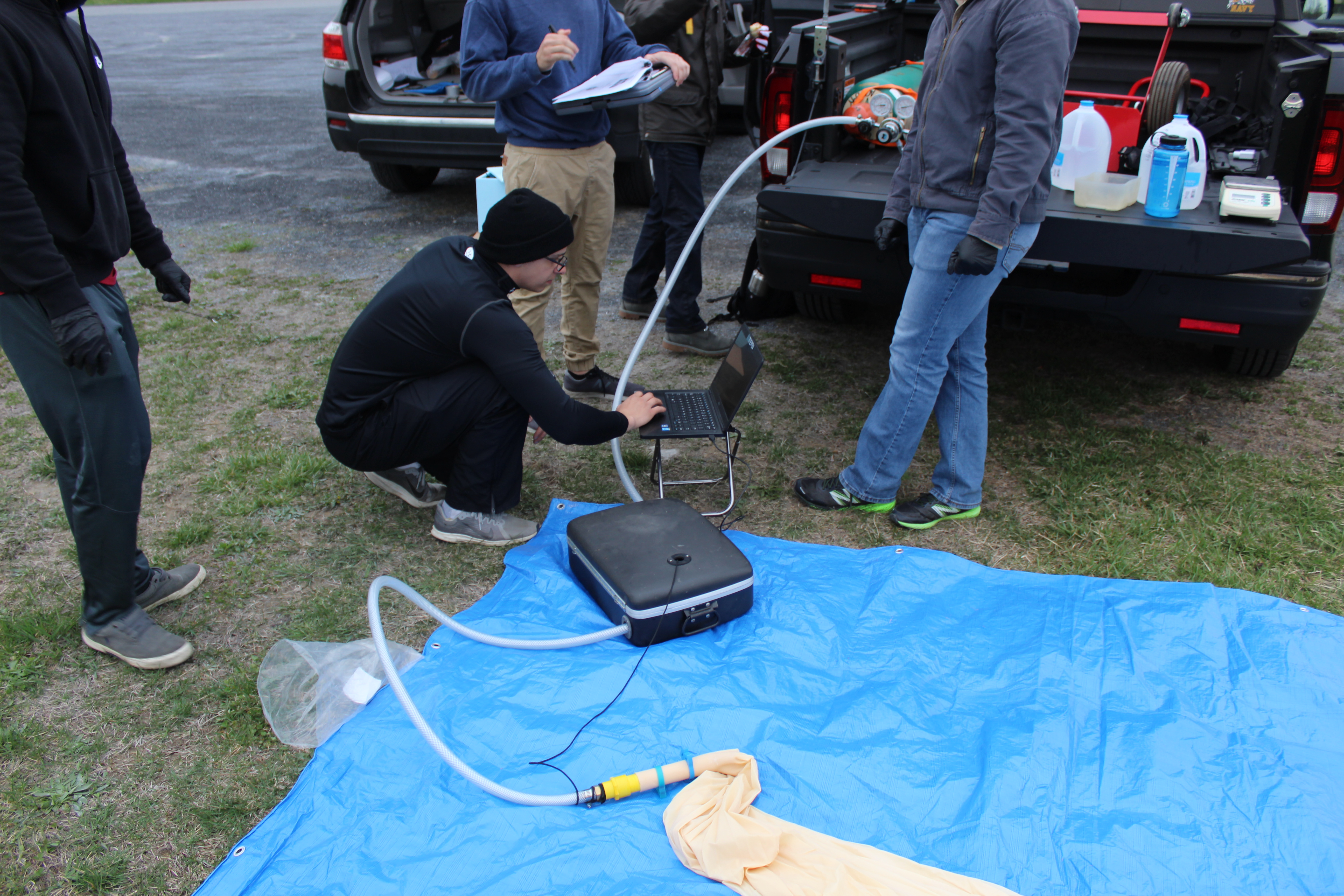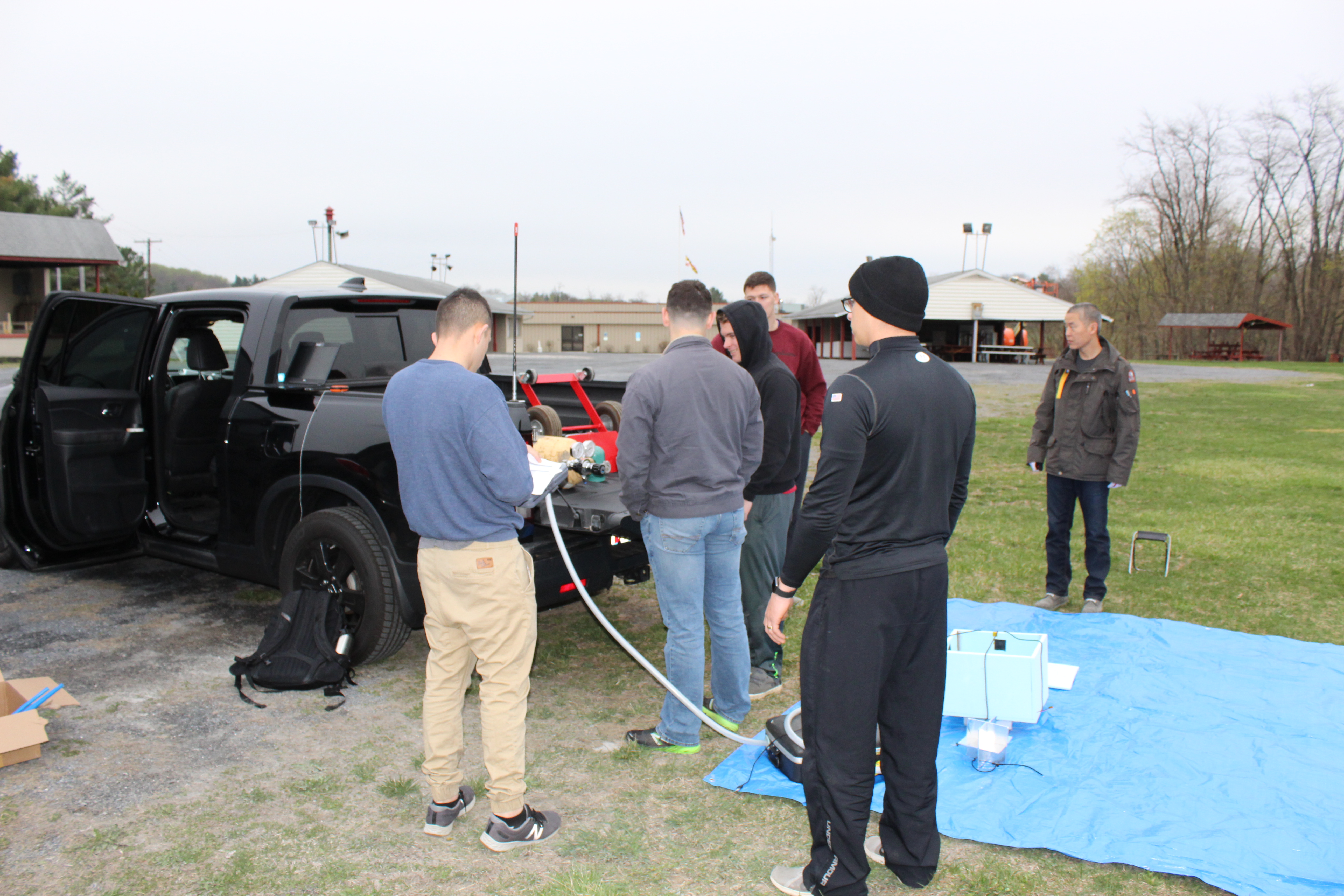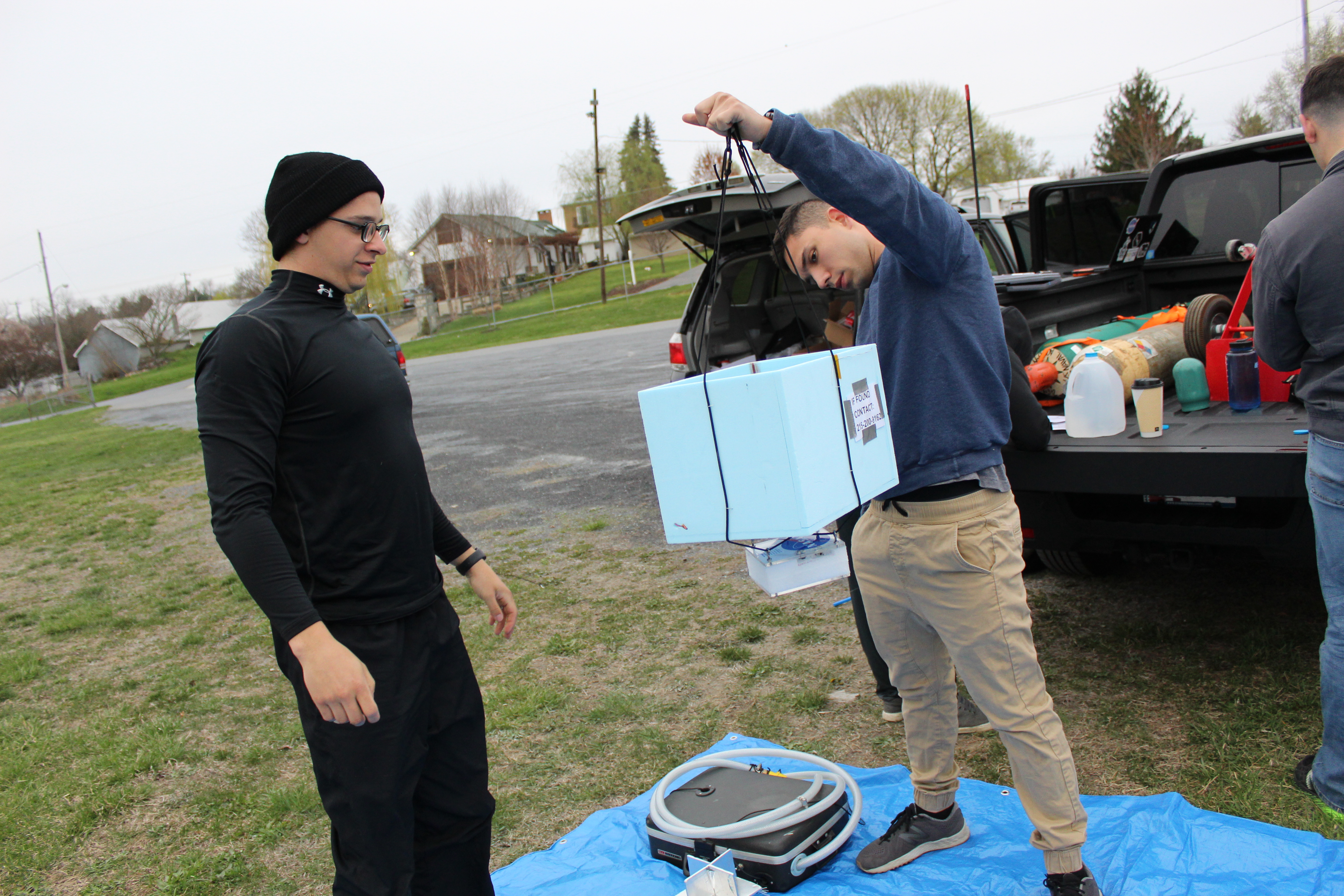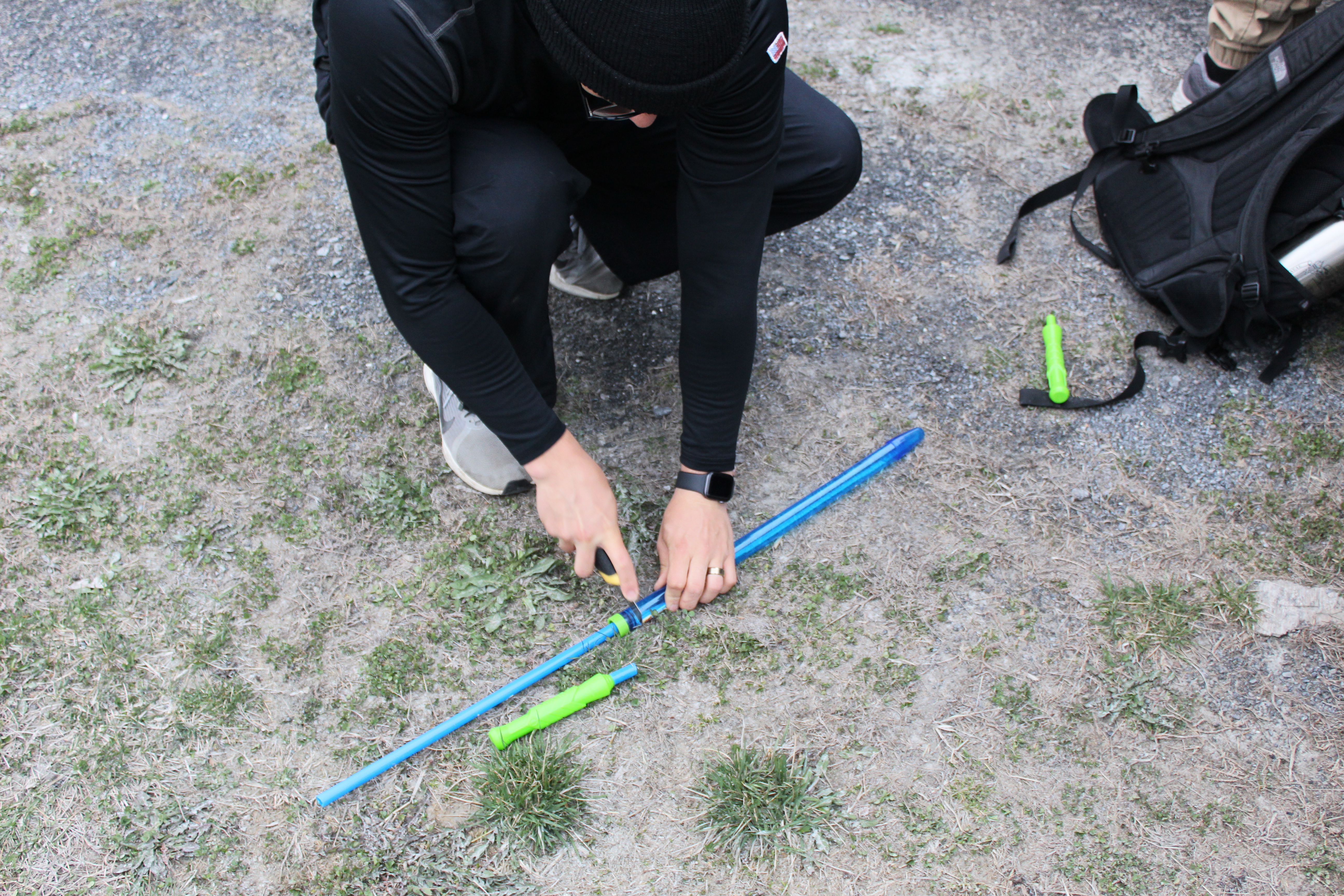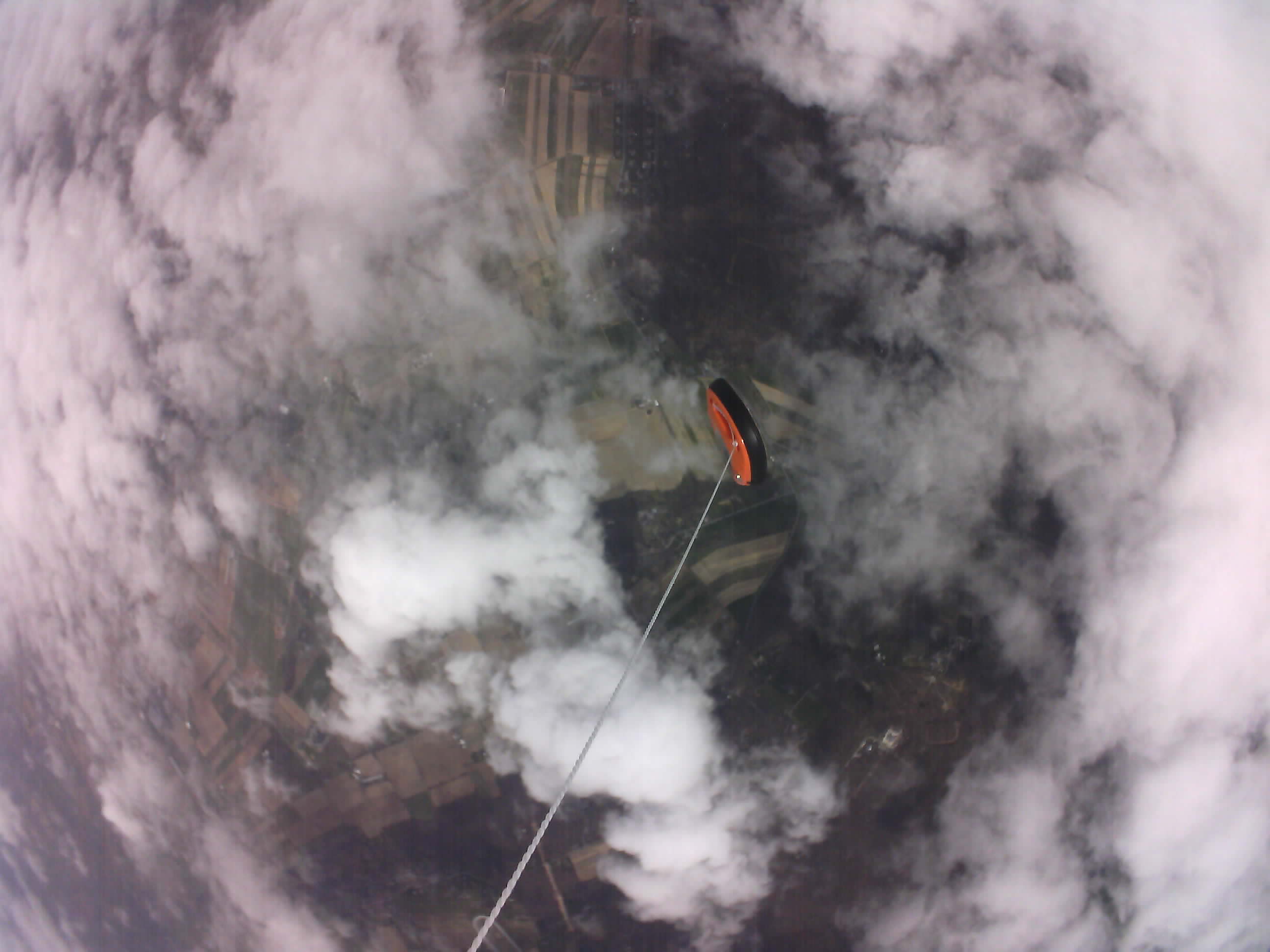- Home
- Classes
- Physics 150 – Nuclear Weapons – Physics, Policy, Proliferation – Fall 2025
- Physics 134 – Observational Astrophysics – Fall 2025
- Astro 1 Spring 2024
- INT 86TN Planetary Defense – Spring 2024
- Symmetry & Aesthetics in Contemporary Physics
- INT 184 – PL Interdisciplinary Honors Seminar – Weapons of Mass Destruction – Spring 2013
- Physics 150 – Modern Design and Fab – Fall 2019
- Physics 4 – Winter 2023
- Physics 141 – Optics – Spring 2019
- Physics 145L – Astrophysics Research
- Physics 199 – Independent Research
- Projects
- Interdisciplinary Center for Interstellar Exploration (iC)
- NASA Watts on the Moon
- Extrasolar Travelers
- CMB-S4 – Ground Based CMB Cosmology Program
- Wafer Scale Spacecraft
- PI-Multimodal Planetary Defense
- Lunar Rover Project
- DE-STAR
- Starlight
- GreenPol – CMB Cosmology
- PLANCK
- Starshot
- SETI
- Small Projects
- Previous Projects
- Facilities
- People
- Net
- Outreach
- Media Links
- NASA Space Grant Student Scholarships
- Bright Stars – VoH
- ARC – Undergraduate Aerospace Research Coop
- POINT – Undergraduate Physics Organization for Innovation and Technology
- All Sky Camera Project
- Education and Public Outreach
- Gaucho Rocket Project
- Undergrad Research Opportunities
- The Space Race
- Misc
- Papers
Wafer Scale Spacecraft Flight 4-12-19
In collaboration with the US Naval Academy, the first flight of our latest generation of wafer scale spacecraft (WSS) was launched on April 12, 2019 at 13:57 UTC in Pennsylvania and recovered successfully. There were two attached payloads (USNA (blue) and UCSB (white) that flew between 99.5 and 105Kft at peak. We gratefully acknowledge the tremendous support of the USNA High Altitude Balloon Team. This WSS was 90 mm in diameter. More information on our WSS development program is here: https://www.deepspace.ucsb.edu/projects/wafer-scale-spacecraft-development
UCSB May 7 Press release on “First Flights” https://www.news.ucsb.edu/2019/019460/first-flights
Interestingly April 12 is the date of the first human flight into space when Yuri Gagarin was launched in 1961. He flew for 108 minutes on the USSR Vostok spacecraft.
Funding: UCSB funding for this program comes from NASA grants NIAC Phase I DEEP-IN – 2015 NNX15AL91G and NASA NIAC Phase II DEIS – 2016 NNX16AL32G for the NASA Starlight program and the NASA California Space Grant NASA NNX10AT93H as well as a generous gift from the Emmett and Gladys W. fund. We also acknowledge the support of the Breakthrough Foundation for our Starshot effort.
Below – Selection of images taken by USNA launch team prior to launch and during recovery. Flight path and UCSB WSS payload design are also shown.
Below – Selection of images takes by UCSB WSS prior to and during flight using the embedded imaging system. The 5 MP images were taken every 2.5 seconds. Approximately 4000 images were taken and stored in onboard flash memory.
Movie of flight images at 15 fps
| This entry was posted by lubin on April 12, 2019 at 10:59, and is filed under News. Follow any responses to this post through RSS 2.0. Both comments and pings are currently closed. |














































